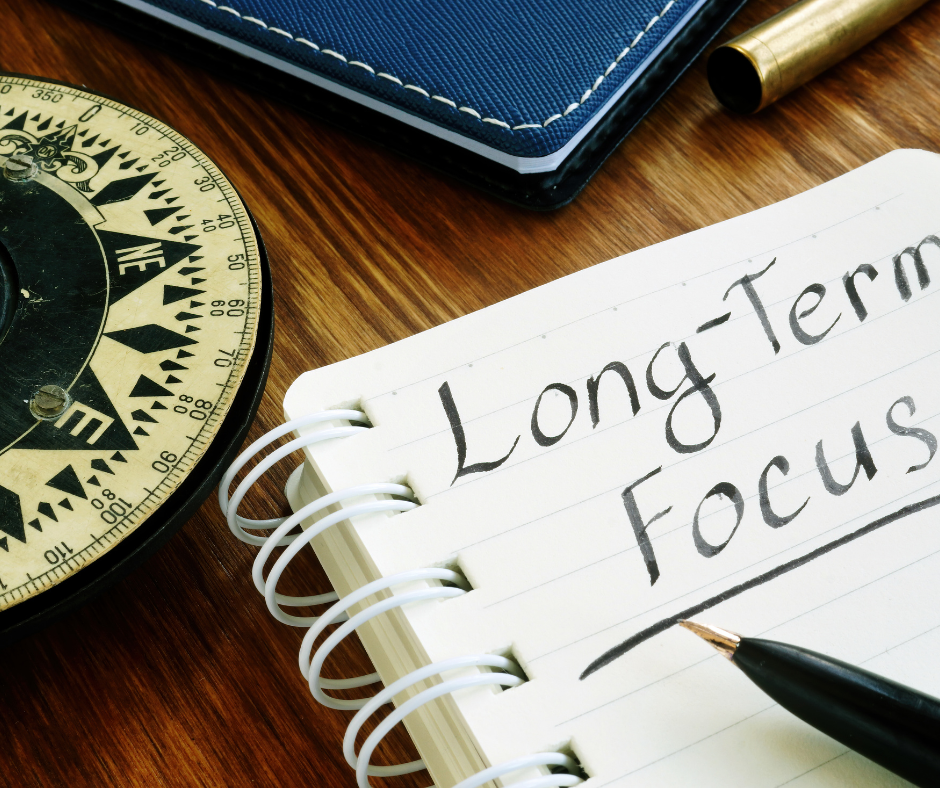In my first blog on how to create a financial plan in your 40s, I covered the fact that the starting point for any plan is knowing where you want to go and what you want to do.
Here, I will cover the next two steps. The first is getting a good understanding of where you are now and the second is being able to save.
Understanding where you are now
Money – You need to get a handle on your finances. You need to know how much comes in, how much goes out, and what assets you are accumulating. You can do this manually or you can use technology to do it for you. Personally I prefer to use technology, but it doesn’t really matter.

Not knowing your finances can lead to more stress, missed opportunities, and not being where you need to be in 10 or 20 years.
Limiting beliefs – Many of the issues people have with money comes back to their mindset and beliefs about money. If you have negative beliefs (such as “money is the root of all evil”), it is important to acknowledge them and be willing to move past them.
Bad habits – Bad money habits can jeopardise your future. If you find yourself constantly spending money on things you don’t really want or need, I suggest you take some time to think about whether you should change.
Being able to save
I can’t reiterate enough how important it is to be able to save. As I have said previously, every thousand dollars you spend now will be four thousand dollars you won’t have in twenty years’ time; or eight thousand dollars in thirty years.
Most people are lucky in that their employer automatically pays super on their behalf. While this will certainly help, for most people this won’t be enough to give them the type of life they want in retirement.
Before you start saving, it is important that you get rid of your bad debt. Bad debt is where the interest is not tax deductible and it is not used to buy an asset that will increase in value. Think credit card debt, car loans, or personal loans for holidays.
The mistake that people often make is to have $15,000 in ‘savings’ that is earning no interest, but have $20,000 in credit card debt where they are paying 20% interest.
Once you have your debt gone, it is time to save.
Savings can take many forms, including additional super contributions, spending money on a renovation that will increase the value of your home/investment property, cash savings, or money put away as part of an investment plan. It really doesn’t matter, as long as you are able to save.
In my next blog, we will get into the steps you need to take to get your finances in order.
I specialise in helping busy professionals and executives plan for the future and make the most of their money. They generally earn a good income, but are juggling their career and family life and are concerned they aren’t on track or could be doing more.
If you want to discuss how I can help, book a chat via the button below. Alternatively contact us on 0417 034 252 or at office@constructwealth.com.au.
About the Author
Phil Harvey is an independent financial adviser. In 2017 Phil set up his company Construct Wealth to help clients best manage their finances so they focus on what is important to them. He is a founding member of the Profession of Independent Financial Advisers and a tax financial adviser, registered with the Tax Practitioners Board.
General Advice Warning
This advice contains general information. It may not be suitable to you because it does not consider your personal circumstances. Phil Harvey and Construct Wealth are authorised representatives of Independent Financial Advisers Australia (AFSL 464629)
See related articles
Investing in a volatile market
Continuing to invest when it looks like the market is falling is not easy. Mostly because our inner voice tells us not to buy something when there is [...]
The three benefits of having clear financial goals
I met with new clients recently, and they said we didn’t need to go through the goals part because they just wanted to “make the most of their [...]
Are you doing everything needed to create financial independence?
One of the first things we do with clients is get a picture of where they are. There are 10 key areas we believe are critical to [...]



